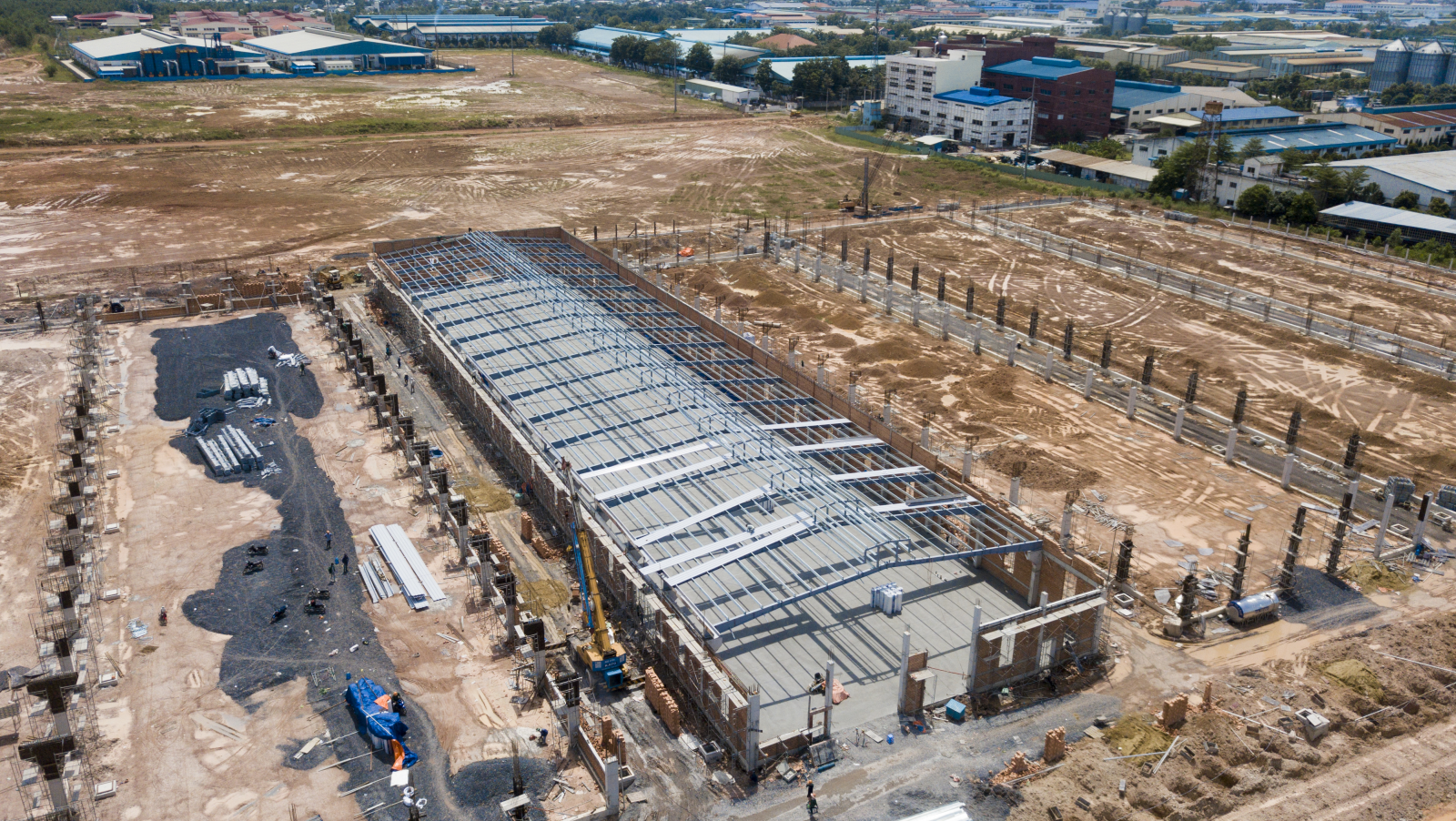
St. Louis Halts Building Rehab Program Amid Alleged Fraud Complaints

A day after St. Louis shut down a program to repair dilapidated and vacant buildings, a lawsuit was filed seeking to learn how the program operated, selected contractors and managed recordkeeping and quality controls—as well as to uncover any alleged money trail that plaintiffs believe will show kickbacks paid for approval of repairs that were never done or badly done.
The suit was filed April 30 on behalf of two property owners and three small limited liability companies. It names ex-Mayor Tishuara Jones, two former building commissioners, four building inspectors and two construction companies that are alleged to have had close ties with one of the inspectors, Adebanjo “Banjo” Popoola, who resigned in November.
The suit seeking unspecified damages, filed in federal court in St. Louis, alleges that the city’s Preserve and Rehabilitate program that allows it to make repairs to buildings and file tax liens against property owners to cover costs, violated plaintiffs’ civil rights and right to due process.
“The city unilaterally hires construction crews to perform alleged repairs on a property, bills the owners for the costs, and then places a tax lien on the property for those bills,” the suit states. “Many parts of the bills [sent to property owners] are nonsensical, for example, tuckpointing on a brick-less building and stair repair on a one-story building.”
The suit further alleges that some work was overpriced and “is shoddy, for example, roof joints are not plumb [and] the tax liens are a slander of title.”
In one case the suit alleges that a property owner received a $109,000 bill for city-ordered stabilization work that was done while the previous owner owned the building and that some work listed was “absurd,” such as repairs to a living room, basement and stairwell when the building is a one-story commercial structure.
The goal of the St. Louis-run program, funded with $13 million from the 2021 federal American Rescue Plan Act, was to repair dilapidated buildings, most of which are located on the city’s north side, a low-income area home to 40% of the city’s vacant properties. The program still has about $5 million in funding that must be spent by 2026.
Explaining why the program was shut down, newly-elected Mayor Cara Spencer said in a statement that the “building stabilization program was well intentioned but, unfortunately, very poorly executed. Given the widespread and well-documented problems, we had no choice but to end this program and re-evaluate more effective ways of making much-needed investments in North St. Louis.”
Laura Ginn, city vacancy strategist for the St. Louis Development Corp, which helped coordinate program stakeholders but had no role in running it, says problems emerged in 2024 with complaints from property owners.
“The problem was that we had someone who allegedly abused authority to award subcontracts for construction,” she says.
St. Louis Magazine has reported that Popoola had connections with two firms named in the lawsuit, Farst Construction and Maxify Contractors, that together received $2.3 million from the city through the program. Farst, which invoiced the city for $1 million of work associated with the program, listed Popoola’s ex-wife’s address as its business location, the magazine found.
Ginn says Popoola “awarded contracts, oversaw the work and approved it.” W. Bevis Schock, one attorney representing the plaintiffs says, “I want to dig into discovery and find out the money trail.”
While the city has not yet announced whether it will restart the program in a revised version, Ginn says such a program is an important tool to revitalize an area that has suffered decades of depopulation and disinvestment. “The main tool [previously] was emergency demolition,” she says. “To make progress, we need some tools to step in.”
If the city re-introduces the program, Ginn says she would recommend contractors be required to submit to a request for qualifications. “We’d recommend doing procurement very differently,” she says. “Not all general contractors know what they are up against in repairing a building that’s been vacant for ten or more years.”
Ginn says the program was paused in November, with 22 projects canceled. About 59 repair contracts were executed between March 2023 and November 2024.
Bevis says he is glad the program has been shut down. It “was terrible. It was wrong,” he says.
Post a Comment
You must be logged in to post a comment.






